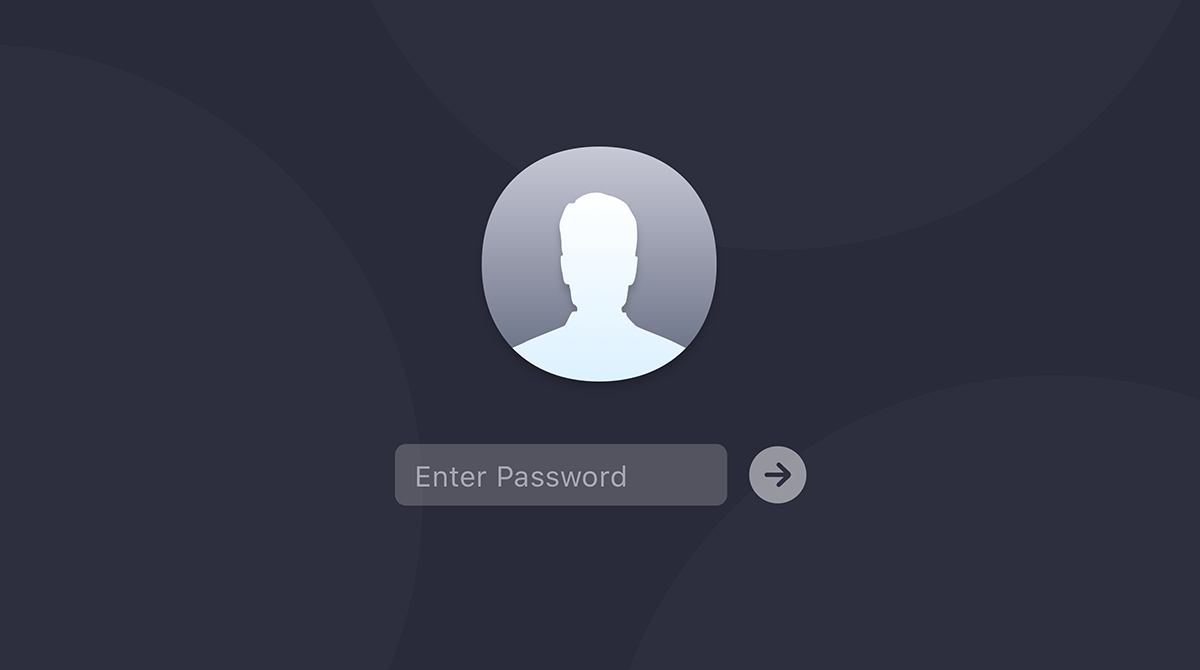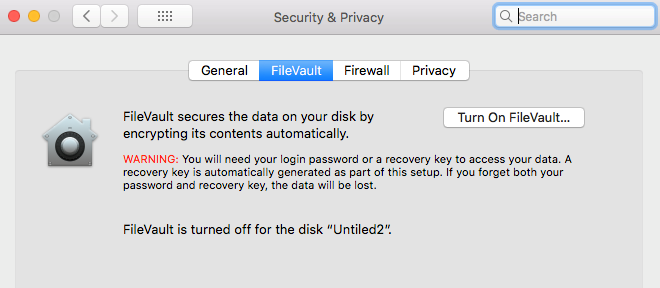

- Mac os x startup disk is locked how to#
- Mac os x startup disk is locked mac os x#
- Mac os x startup disk is locked free#
Recovery HD will appear in the list on the left.In it, near the bottom, is an option to Show Every Partition. Open Disk Utility, and you’ll find our new super-special menu, Debug.In the Terminal, paste defaults write DUDebugMenuEnabled -bool YES and press return. Now we need to enable Disk Utility’s Debug menu.Assuming you’ve already enabled showing hidden files: As mentioned in a previous comment, however, the BaseSystem.dmg still exists within the Recovery HD. Some out there on the Internets claim it exists somewhere, but I haven't found it. If you've already installed Lion, this installer file will have vanished. Proceed entirely at your own risk, and only if you know exactly what you're doing! Might I stress: I have tried neither of these, and I’m running purely on speculation based on past experience. Once you’ve done that and tested it thoroughly, you could remove the “official” Recovery HD partition. You might have to also jump through a few hoops in order to get it bootable, but it should be far more straightforward than using option 1.
Mac os x startup disk is locked mac os x#
It seems like Mac OS X Base System has all the requisite files for starting up from, all the way down to boot.efi.

Mac os x startup disk is locked free#
This new one, though, not being wrapped up in an image, should be free to add files to. You’ll now effectively have two recovery partitions. Use Disk Utility to create a new (standard, visible) partition in HFS+, and Restore from BaseSystem.dmg to it. This option, of course, is highly tricky, and it’d be difficult to keep the volume bootable. I see two possible solutions:Īfter backing up BaseSystem.dmg, try using Disk Utility to convert the image to a read/write format. The configuration of the Recovery HD seems convoluted and backward why they'd put the entire startup system inside another disk image is beyond me-unless installing extra utilities is exactly what they're trying to prevent.
Restart Finder to see the setting take effect.Īn interesting dilemma, indeed. (There's no danger to keeping it on all the time as long as you know which files you can and can't mess with.) To do this go back into Terminal and type:ĭefaults write AppleShowAllFiles false Now, turn off the invisible file viewing in Finder if you want to. If you named your flash drive Recovery HD then it will have a USB drive icon when it starts up compared to the Recovery HD with a hard drive icon, which is that part that is on your actual startup drive, or you can name it anything you like. Restart the Mac holding down Option, and test the drive to see if it worked. Or if you're burning a disk, make sure you're burning the contents of the disk image, and not just the image itself (it won't be bootable that way). Make sure that you get all the invisible files that are there if you're copying over everything manually. You can use Restore in Disk Utility, the Terminal, or your favorite cloning app. Copy over the entire contents of BaseSystem.dmg to your flash drive however you like. (You'll probably want to have the rest of your flash drive formatted as FAT if you work in a multi-platform environment.) Make sure this partition is formatted as Mac OS X Extended Journaled. You can use either a 2GB drive, or partition your larger one, but I recommend keeping the Recovery partition free from your normal files that go on a flash drive.  Now you need at least 1.1GB of free space on a flash drive or DVD.
Now you need at least 1.1GB of free space on a flash drive or DVD. 
The file is a 'hidden file' and will be slightly greyed out.
Now find BaseSystem.dmg and mount (open) it. Go into the Contents/SharedSupport folder and open InstallESD.dmg. In Finder find where you saved your Mac OS X Lion Installer to (probably your /Applications folder) and right click and select 'Show Contents.'. (Force Quitting, killall in Terminal, or logging out all work the same.) Restart Finder via your preferred method. This is done to be able to see hidden files, including the disk image used to create the recovery disk. To do this we need to find and mount the hidden disk image with the Installer.ĭefaults write AppleShowAllFiles true It can be very handy to have a bootable copy of your own on some other media incase you need to troubleshoot a Mac with a bad drive, or something has happened to the recovery partition, unlikely but possible. It includes a variety of utilities which can help you troubleshoot a Mac. This is a small partition about 650MB in size which you can boot from by pressing down Option at startup. Mac OS X Lion includes a hidden Recovery HD. Mac os x startup disk is locked how to#
This hint shows how to create your own Recovery HD (Disc or Flash Drive).








 0 kommentar(er)
0 kommentar(er)
